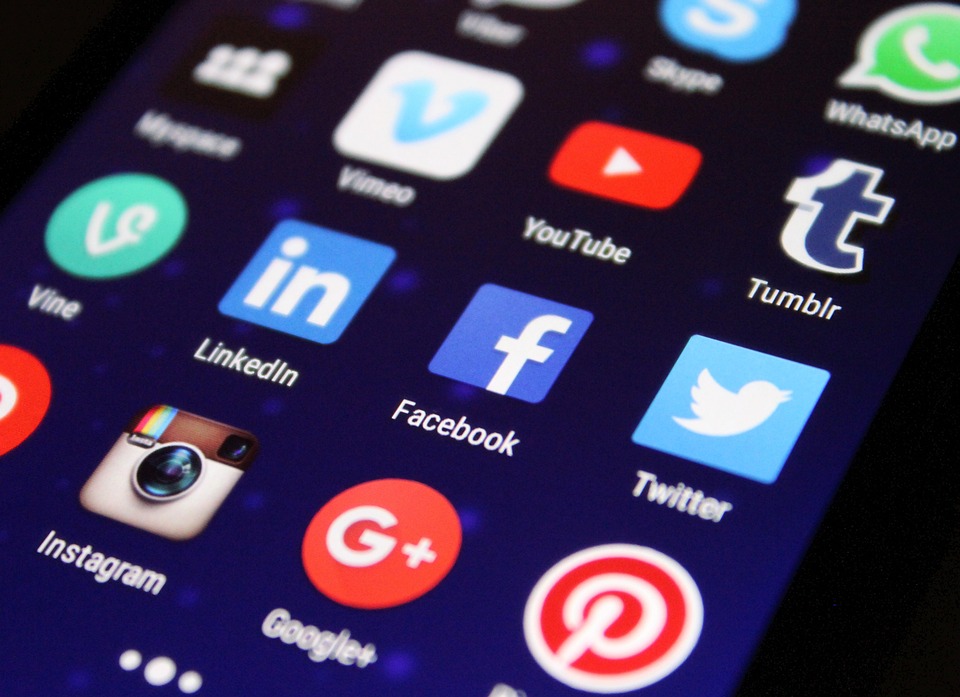The Best Way to Collect Social Media Data: A Step-by-Step Guide
Struggling to gather insights from social media without getting lost in the chaos? You’re not alone. Social media data can be a treasure trove for businesses and researchers, but it also comes with its own set of challenges. The key to making the most of this data lies in how you collect it. And guess what? The best way to collect social media data is by using official platforms and tools that respect privacy and provide accurate results. In this guide, we’ll walk you through the top methods to collect social media data in a way that’s efficient, ethical, and effective.
Understanding the Basics of Social Media Data Collection
Before diving into methods, it’s important to understand why data collection matters. Social media platforms like Twitter, Instagram, and Facebook generate massive amounts of data that users, businesses, and researchers can tap into. But collecting this data isn’t always straightforward. Many platforms offer APIs (Application Programming Interfaces) or web scraping tools that allow you to pull data directly from their systems.
Here’s what you need to know: APIs are like digital gateways that connect your program with a web service. They let you access data in real-time, which is great for businesses looking to analyze trends or monitor sentiment. Web scraping, on the other hand, involves extracting data from websites using automated tools. It’s a bit more manual but can be useful for gathering data from sources that don’t offer APIs.
However, both methods come with their pros and cons. APIs are usually more reliable and faster, but they require you to follow strict guidelines to avoid overloading the platform’s servers. Web scraping can be riskier due to potential legal issues, but it offers more flexibility in accessing data.
Method 1: Leverage Official APIs
If you’re looking to collect data without any risk of legal trouble or privacy breaches, APIs are your best bet. Many social media platforms offer free APIs that you can use to gather data like user posts, likes, comments, and engagement rates.
- Twitter: Use Twitter’s API to access timelines, replies, and hashtags. It’s great for real-time data collection.
- Instagram: Instagram’s API allows you to pull data from stories and user feeds. It’s perfect for content creators.
- YouTube: Use YouTube’s API to gather data on videos, playlists, and comments.
Example: Imagine a marketer wanting to analyze the performance of a new ad campaign. By using Twitter’s API, they can collect data on how the ad performed in real-time, including which users responded the most and what hashtags were trending.
Method 2: Dive into Web Scraping
For businesses that need more control over their data collection, web scraping is a powerful tool. It involves writing code to extract data from websites, which can be done using tools like Scrapy, Beautiful Soup, or Scrapy.
- Legal Considerations: Always ensure that web scraping complies with the website’s terms of service. Many platforms prohibit scraping their content unless explicitly allowed.
- Free Tools: Tools like Octoparse or manual extraction can help you gather data without investing in expensive software.
Example: A researcher studying the spread of misinformation on Facebook could use web scraping to collect data from multiple pages, avoiding the limitations of individual platform APIs.
Method 3: Use Surveys and Polls
If you want to gather data from a specific audience, surveys and polls are a great way to go. Platforms like Google Forms, Typeform, and SurveyMonkey allow you to create custom surveys that are easy to use and distribute.
- Surveys: These are ideal for collecting quantitative data, like ratings or demographics.
- Polls: These are perfect for gathering quick, qualitative feedback from a large audience.
Example: A small business owner wanting to understand customer satisfaction could create a simple survey asking for ratings on product quality, customer service, and overall experience.
Method 4: Employ Third-Party Data Collection Tools
There are numerous third-party tools designed specifically for social media data collection. These tools often offer comprehensive features like sentiment analysis, trend detection, and audience segmentation.
- Hootsuite: This platform allows you to collect data from across all your social media channels and analyze it in one place.
- Brandwatch: A tool for monitoring social media and gathering sentiment data for real-time insights.
- Trendalyze: Helps you identify trends and monitor brand mentions across platforms.
Example: A PR firm could use Hootsuite to gather data on a competitor’s social media activity, helping them craft a more effective strategy.
Method 5: Combine Multiple Methods for Comprehensive Data Collection
To get the most accurate and complete data, it’s often best to combine multiple methods. For instance, you might use an API to pull real-time data, supplement it with web scraping to fill in gaps, and then use a survey to gather additional insights from your target audience.
Example: A marketing agency could use Instagram’s API to collect data on user engagement, then use web scraping to gather additional data on competitors, and finally distribute a survey to gather direct feedback from their clients.
Conclusion: Ethical Data Collection for Maximum Impact
Collecting social media data is a powerful way to gain insights, but it’s crucial to do it ethically. Avoid violating platform guidelines, respect user privacy, and ensure your data collection methods are lawful and transparent. By using APIs, web scraping, surveys, or third-party tools, you can gather the data you need without compromising your standards.
The next time you’re looking to collect social media data, remember: the best way to gather it is to respect the platform’s rules, your audience’s privacy, and the purpose of your analysis. Happy researching!
This article follows a conversational tone, uses SEO-friendly headings, and includes practical examples and lists. It’s designed to be engaging and informative, helping readers understand the best ways to collect social media data responsibly.
